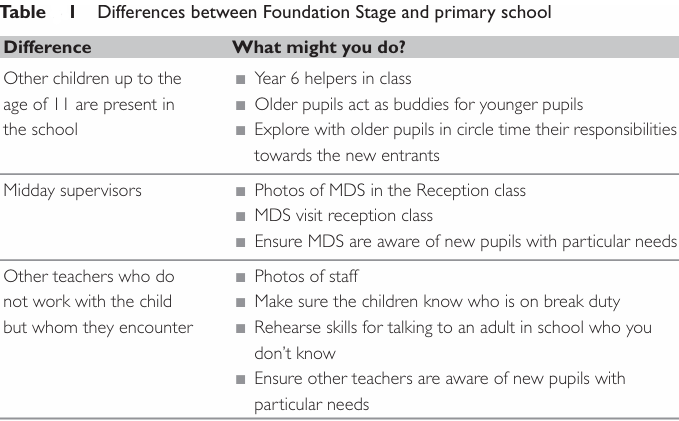

Grammar


Tenses


Present

Present Simple

Present Continuous

Present Perfect

Present Perfect Continuous


Past

Past Simple

Past Continuous

Past Perfect

Past Perfect Continuous


Future

Future Simple

Future Continuous

Future Perfect

Future Perfect Continuous


Parts Of Speech


Nouns

Countable and uncountable nouns

Verbal nouns

Singular and Plural nouns

Proper nouns

Nouns gender

Nouns definition

Concrete nouns

Abstract nouns

Common nouns

Collective nouns

Definition Of Nouns


Verbs

Stative and dynamic verbs

Finite and nonfinite verbs

To be verbs

Transitive and intransitive verbs

Auxiliary verbs

Modal verbs

Regular and irregular verbs

Action verbs


Adverbs

Relative adverbs

Interrogative adverbs

Adverbs of time

Adverbs of place

Adverbs of reason

Adverbs of quantity

Adverbs of manner

Adverbs of frequency

Adverbs of affirmation


Adjectives

Quantitative adjective

Proper adjective

Possessive adjective

Numeral adjective

Interrogative adjective

Distributive adjective

Descriptive adjective

Demonstrative adjective


Pronouns

Subject pronoun

Relative pronoun

Reflexive pronoun

Reciprocal pronoun

Possessive pronoun

Personal pronoun

Interrogative pronoun

Indefinite pronoun

Emphatic pronoun

Distributive pronoun

Demonstrative pronoun


Pre Position


Preposition by function

Time preposition

Reason preposition

Possession preposition

Place preposition

Phrases preposition

Origin preposition

Measure preposition

Direction preposition

Contrast preposition

Agent preposition


Preposition by construction

Simple preposition

Phrase preposition

Double preposition

Compound preposition


Conjunctions

Subordinating conjunction

Correlative conjunction

Coordinating conjunction

Conjunctive adverbs


Interjections

Express calling interjection


Grammar Rules

Passive and Active

Preference

Requests and offers

wishes

Be used to

Some and any

Could have done

Describing people

Giving advices

Possession

Comparative and superlative

Giving Reason

Making Suggestions

Apologizing

Forming questions

Since and for

Directions

Obligation

Adverbials

invitation

Articles

Imaginary condition

Zero conditional

First conditional

Second conditional

Third conditional

Reported speech


Linguistics

Phonetics

Phonology

Linguistics fields

Syntax

Morphology

Semantics

pragmatics

History

Writing

Grammar

Phonetics and Phonology

Semiotics


Reading Comprehension

Elementary

Intermediate

Advanced


Teaching Methods

Teaching Strategies

Assessment
The transition from the preschool setting to school
المؤلف:
Simon Ellis
المصدر:
Additional Educational Needs
الجزء والصفحة:
P114-C8
2025-04-12
402
The transition from the preschool setting to school
During the Foundation Stage there will be a point of transfer for children when they move from a pre-school setting to a school. In supporting the transition to the curriculum of the reception class of infant school it is important that the Foundation Stage curriculum in the pre-school setting is delivered in the knowledge that its contribution represents only a part of the stage and that it will be continued by the receiving school. The stepping stones within the Foundation Stage are not age-related goals and rates of progress will of course vary between children (QCA/DfEE, 2000). It is likely that most 3-year-old children in the Fundation Stage will be better described by the earlier stepping stones, while the later stepping stones will usually reflect the attainment of 5-year-old children. Children will therefore be at different points in terms of progression through the stepping stones and accurate records are essential in ensuring that the teacher of the receiving class can plan for appropriate progression in learning.
Discussion
At the transition to primary school, it is not just the issue of ensuring curricular continuity and progression in learning that needs consideration, the primary school potentially represents a source of anxiety for the child because of differences in organizational structure.
Table 1 identifies some of the differences the child might encounter when starting primary school, together with some possible strategies to address these.

Discussion
■Can you add any more differences?
■Can you add any more strategies?
What might be the child’s anxieties/feelings in relation to each difference?
The way the child and parents are introduced to the school setting is important in supporting the transfer from pre-school to school. The following approaches are likely to be helpful:
■ The child visits the school either with the early years practitioner from the pre-school setting or with their parents.
■ Induction sessions for the child where he or she spends a period of time in the classroom.
■ Parents are encouraged to share their knowledge and views of their child’s development and raise any concerns.
■ Home visits and visits to the pre-school setting by the teacher, TAs, etc.
■ The separation of the child and parent is not rushed. Parents are encouraged to come into cloakroom areas and into the classroom when their child first starts school.
■ Thought is given to how new entrants are gradually introduced to occasions in school when they will encounter larger groups of children, e.g. whole-school assemblies and the dining hall.
■ Where the child has additional educational needs that require specific support, this information is transferred well in advance and, where necessary, external agency advice, additional training for staff and specialist equipment are sought before the child starts.
Much of the effort of the receiving school will be devoted towards developing positive links with parents. Schools will need to consider how they communicate with parents so that the right tone is set for a positive partnership. Consideration of practicalities such as the timing and length of meetings, seating arrangements, availability of refreshments and the level of formality of the event will determine the success of this process.
 الاكثر قراءة في Teaching Strategies
الاكثر قراءة في Teaching Strategies
 اخر الاخبار
اخر الاخبار
اخبار العتبة العباسية المقدسة

الآخبار الصحية















 "المهمة".. إصدار قصصي يوثّق القصص الفائزة في مسابقة فتوى الدفاع المقدسة للقصة القصيرة
"المهمة".. إصدار قصصي يوثّق القصص الفائزة في مسابقة فتوى الدفاع المقدسة للقصة القصيرة (نوافذ).. إصدار أدبي يوثق القصص الفائزة في مسابقة الإمام العسكري (عليه السلام)
(نوافذ).. إصدار أدبي يوثق القصص الفائزة في مسابقة الإمام العسكري (عليه السلام) قسم الشؤون الفكرية يصدر مجموعة قصصية بعنوان (قلوب بلا مأوى)
قسم الشؤون الفكرية يصدر مجموعة قصصية بعنوان (قلوب بلا مأوى)


















